Say hello to the Northern Lights Farm and the Young Living farm family
The Young Living Northern Lights Farm and Distillery is our jewel of the north! It’s one of the Young Living farms that dot the globe. Imagine the farms as footprints left behind by Young Living Founder D. Gary Young, who traveled the world looking for rare and authentic oils.
At the Northern Lights Farm, Gary discovered a rich source for sweet coniferous essential oils. Think Christmas trees, late-night campfires, and the crisp air of the deep Canadian woods.
In this post we’re thrilled to take you on a tour of the Northern Lights Farm and share fun facts that set it apart from the other Young Living farms.
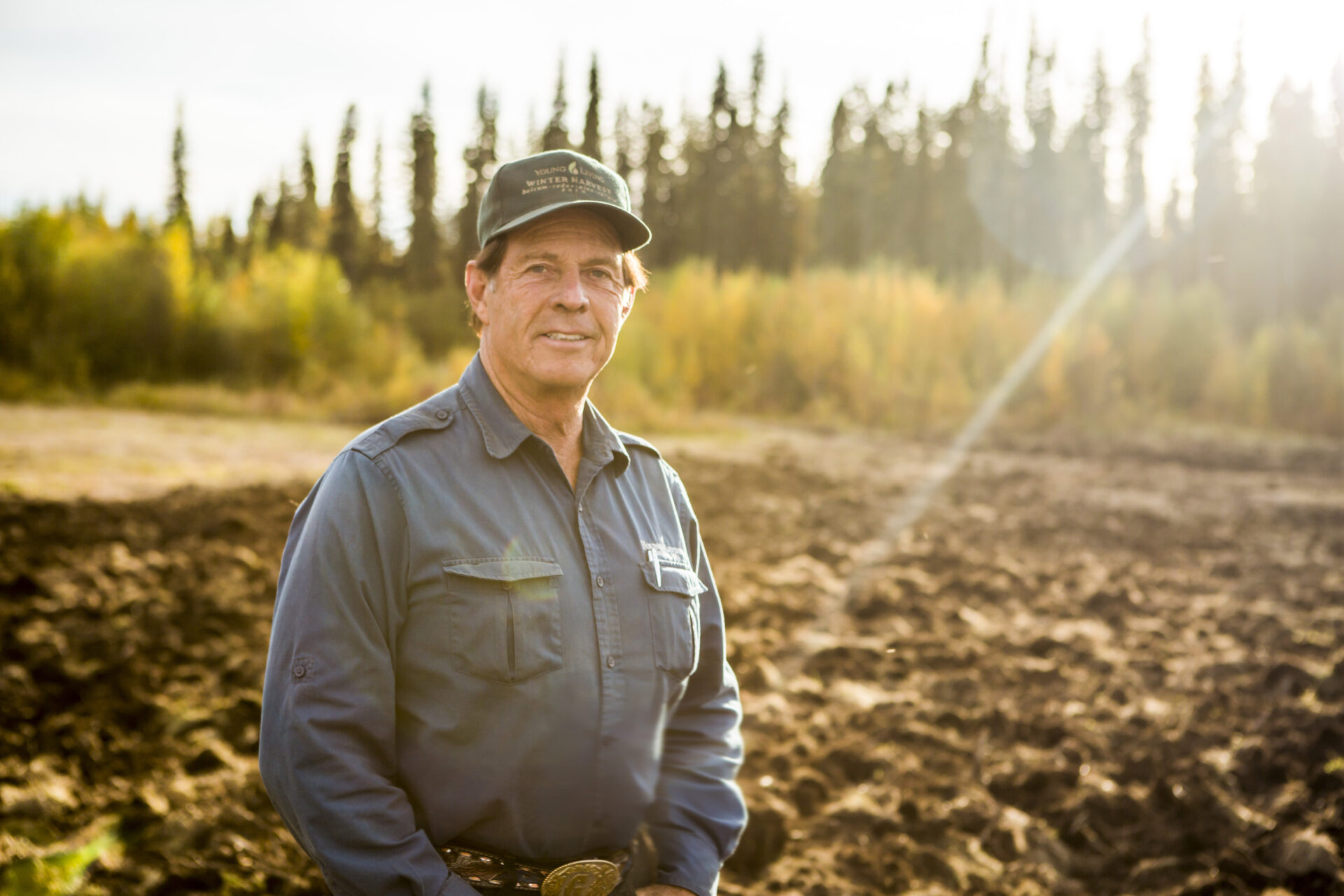
Where is the Northern Lights Farm located?
You’ll find the farm in the gorgeous Canadian boreal forest near Fort Nelson, British Columbia, Canada. As the largest intact forest left in the world, stretching from the Atlantic coast all the way into British Columbia, it’s one of the remaining natural wonders of the world.
Young Living bought the land for the farm in 2014, right after a collapse in worldwide oil prices left the Fort Nelson community with a grim economic outlook. The Northern Lights farm brought new jobs to the region and breathed fresh economic life into the community. A tourism market sprang up where visitors from around the world come every year to enjoy the Winter Harvest, local hot springs, dog sled adventures, and tours of the essential oil farm and distillery.
Which oils come from the Northern Lights Farm?
The Northern Lights Farm’s most popular oil is Northern Lights Black Spruce essential oil, obtained from the needles, branches, and wood of the Picea mariana black spruce trees. The farm’s state-of-the-art distillery runs year-round distillations of black spruce, using five steam chambers that can produce 60 total kilograms of essential oil per distillation—that’s the equivalent of 12,000 5 ml bottles of Black Spruce essential oil!
What other facilities are on the farm?
Besides the distillery, the farm facility boasts two laboratories, an observation room, a farm store, and much more. The farm’s laboratory technician performs tests throughout the spring, summer, and fall on a variety of botanicals that grow in the area. These tests help fine-tune Young Living’s farming, essential oil profiles, and harvesting times so we can maintain the farm’s ecological balance and protect this very special corner of nature.
Another way the farm team maintains the ecological balance is by primarily harvesting trees they cultivate and selectively thinning trees as needed on private and government land, leaving the boreal forest to grow healthy and wild. The farm composts wood chips and spreads the composted matter in separate lots, where new saplings are planted each spring. This helps enrich the soil for the new saplings and suppress weeds.
What will visitors see? What should they wear?
It’s the Great North, so if you’re set on checking out the Northern Lights Farm, be sure to bundle up!
- Summer months. In the height of summer, the temperature rises to a pleasant 77℉, with lows in the 50s.
- Spring and fall months. In the spring and fall, the highs fall in the 40s and 50s, with lows below freezing in the mid-to-high 20s.
- Winter months. The winter months are when the temperature turns fierce, with the highs in the negatives, averaging –7.6℉ and lows coming in at –18℉. When the temperatures drop to between –18 and –40℉ for days—sometimes weeks—we must shut down our operations to protect the safety of our logging teams and because the equipment does not run in the extreme cold. We meant it when we said you’ll want to bundle up!
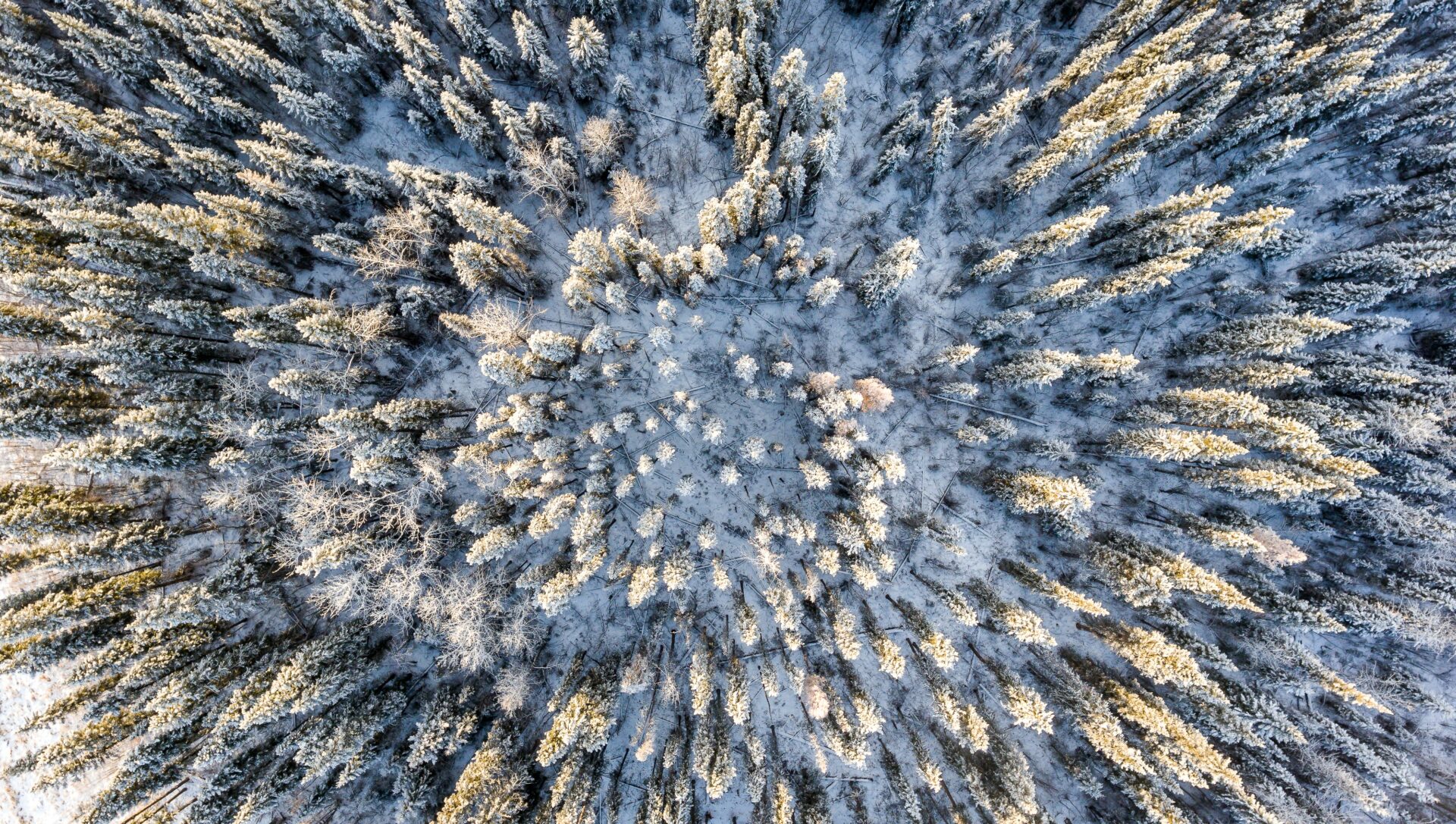
You’ll typically find snow on the ground around Fort Nelson from September or October through the end of May or beginning of June. Winters tend to run long, dark, and cold, with only four to six hours of sunlight. It switches in the summer, with only two to four hours of darkness per day.
Many travelers make their way to the north to admire the Aurora Borealis. This dazzling, bright-green light show is usually visible during the fall and spring months, but if you’re lucky, you can catch a glimpse of it throughout the year.
As for wildlife, plenty of animals pass through and graze on the farm:
- Moose, deer, and elk. In the summer and fall, migratory moose, deer, and elk stop and graze the weeds from around the farm’s sapling tree lots.
- Canadian geese. The farm also serves as a migration stopping point for Canada’s signature geese every April on their way north and in the fall on their way south.
- Bears. Plenty of bears like to shamble through the farm from spring until fall.
- Marmots and sandhill cranes. The farm also features many cuddly marmots and striking sandhill cranes that call the property home.
Fun farm facts
The Northern Lights Farm loves getting involved in the local and national community, using the farm to create a shared sense of purpose. In 2020, the farm piloted an adopt-a-tree program in which over 200 black spruce saplings were adopted. Funds went to support the farm and its sustainable farming practices. The farm also hosts an annual Winter Harvest, which runs from the start of February until the end of March. Young Living brand partners and visiting groups are invited to tour the farm and enjoy hand-harvesting trees, chipping and “stomping” plant material for distillation, going on snowmobile adventures, visiting the hot springs, and catching a glimpse of the Aurora Borealis.
In 2019, the farm crew also set records by helping to build Canada’s largest snowman! And of course, it needed its own Young Living spin: They made sure that the snowman wore a giant hat made to look like a bottle of Young Living Northern Lights Black Spruce essential oil!
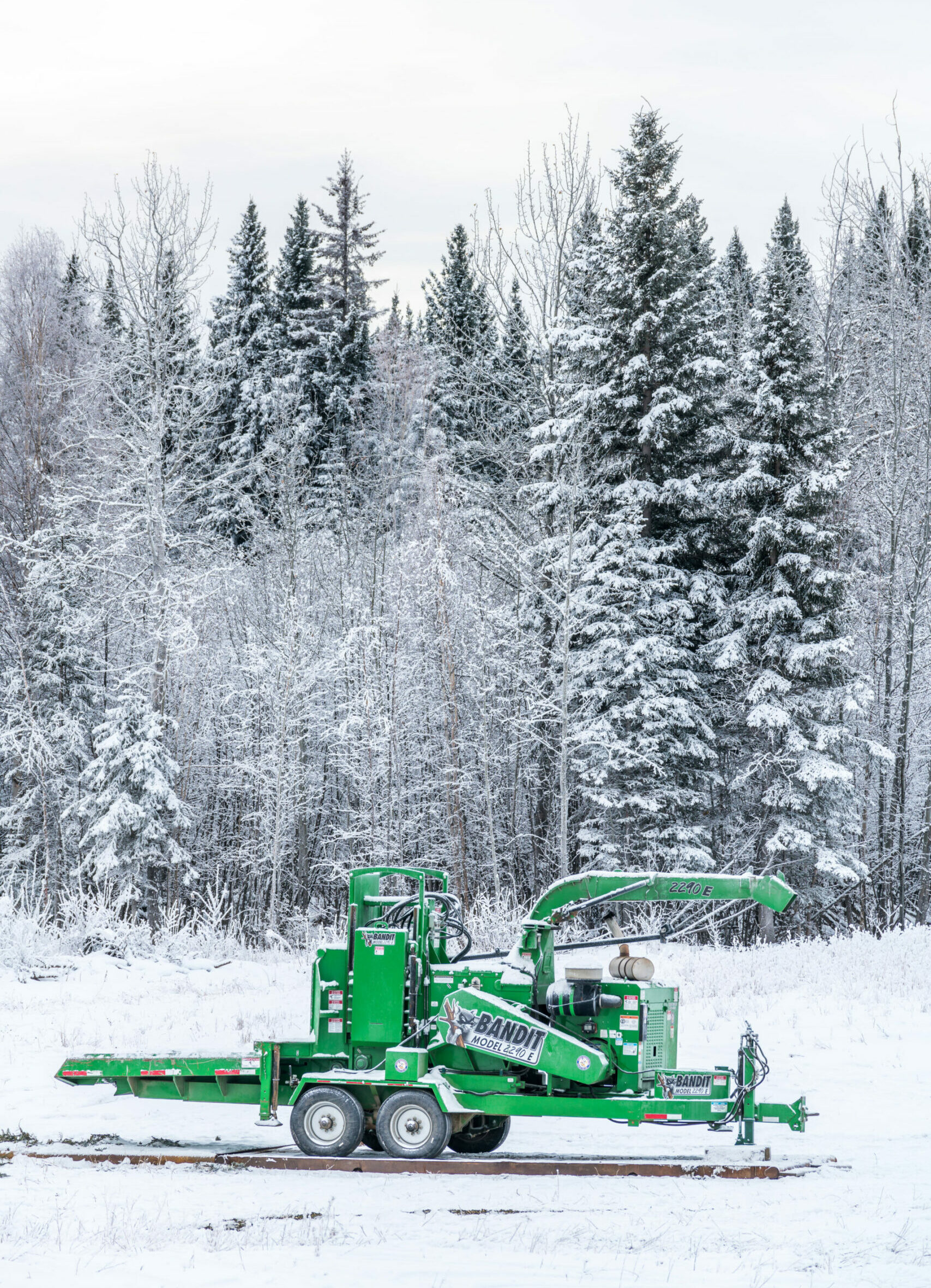
Young Living’s own winter wonderland
The Northern Lights Farm offers adventure and natural beauty you won’t find anywhere else. Catch a whiff of adventure and savor the scent of the deep Canadian wilderness by indulging in this farm’s favorite essential oil. If you’re curious, here are 10 ways to enjoy Northern Lights Black Spruce.

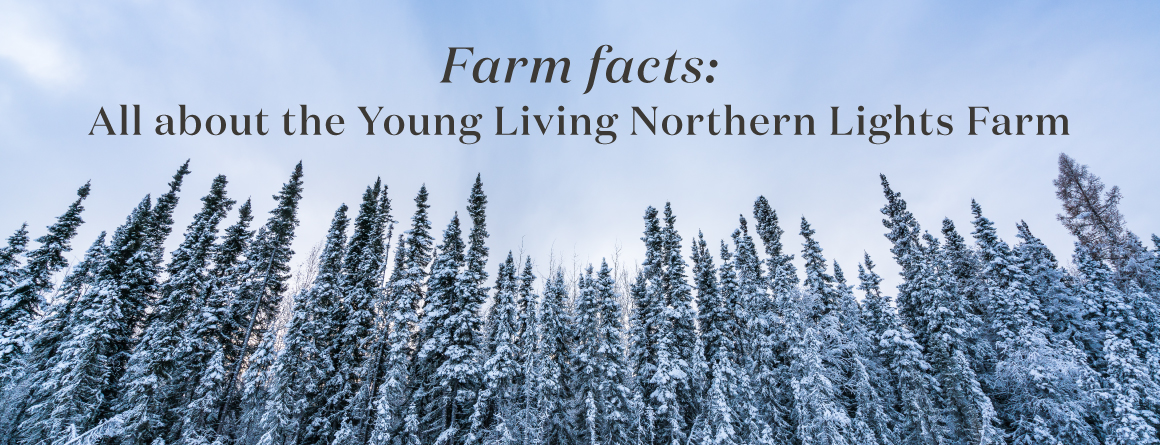
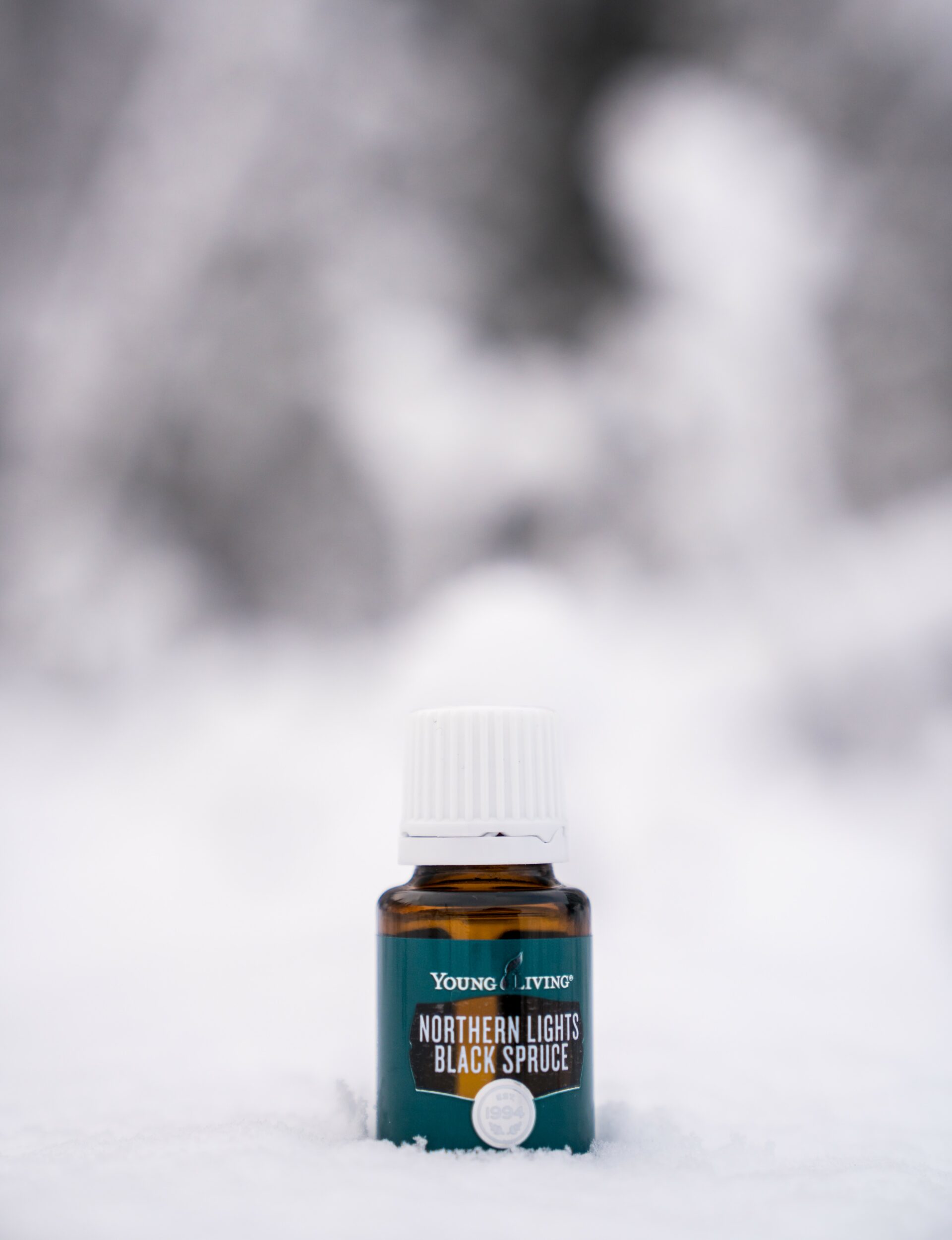
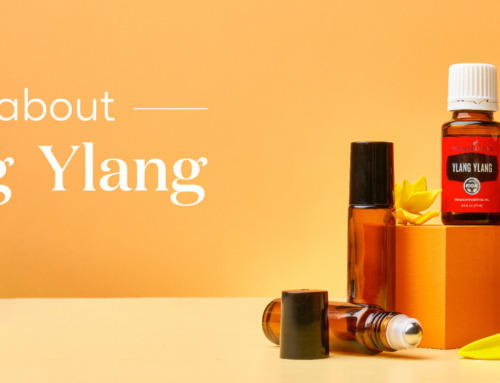
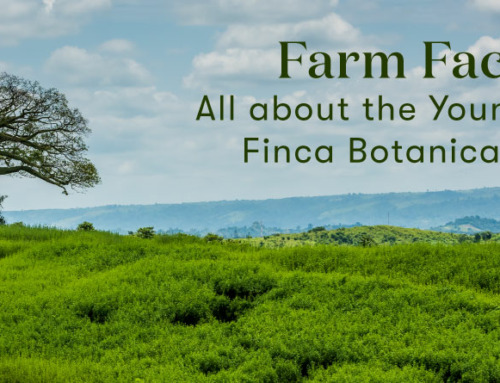
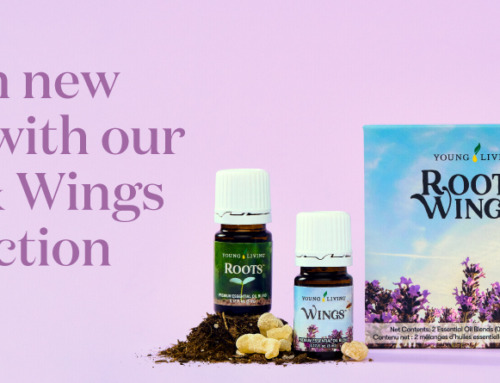
Leave A Comment